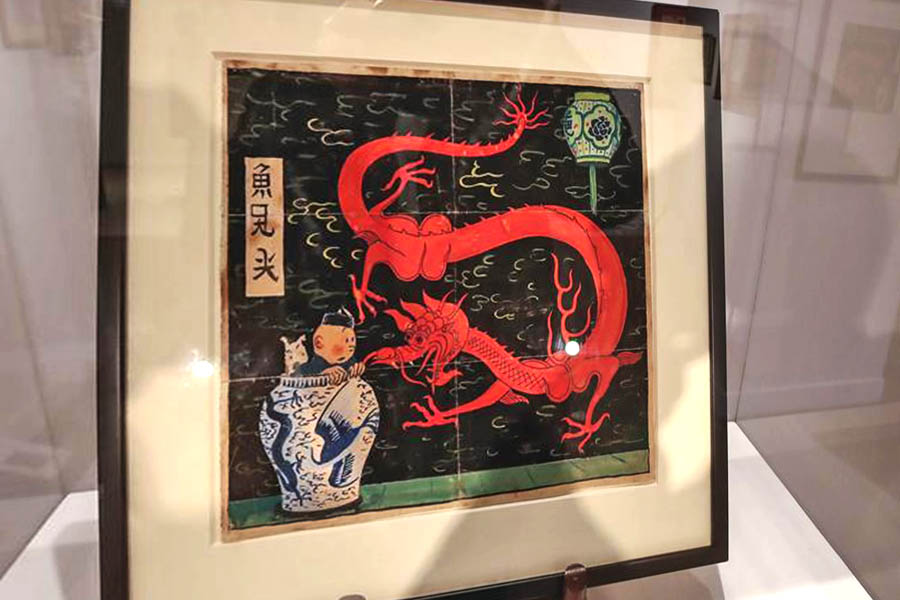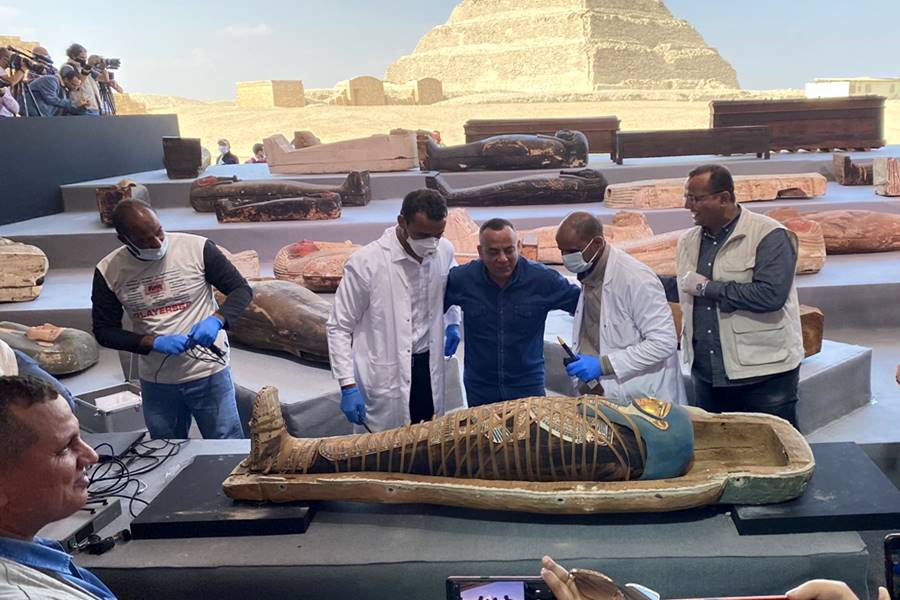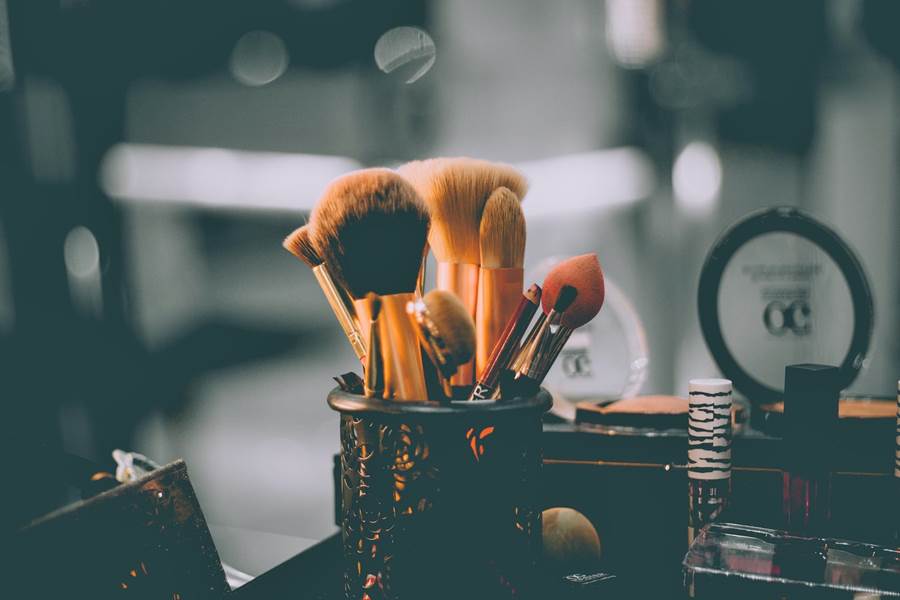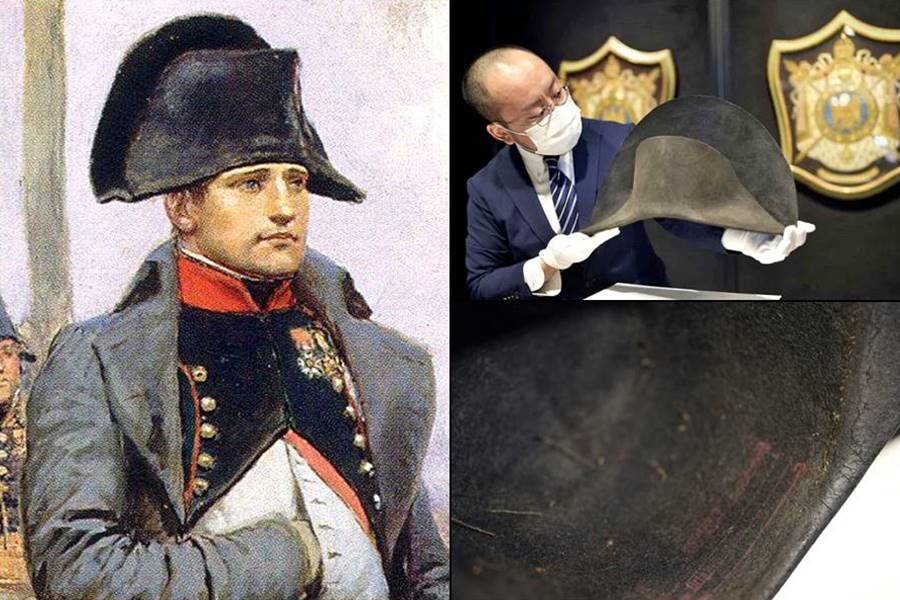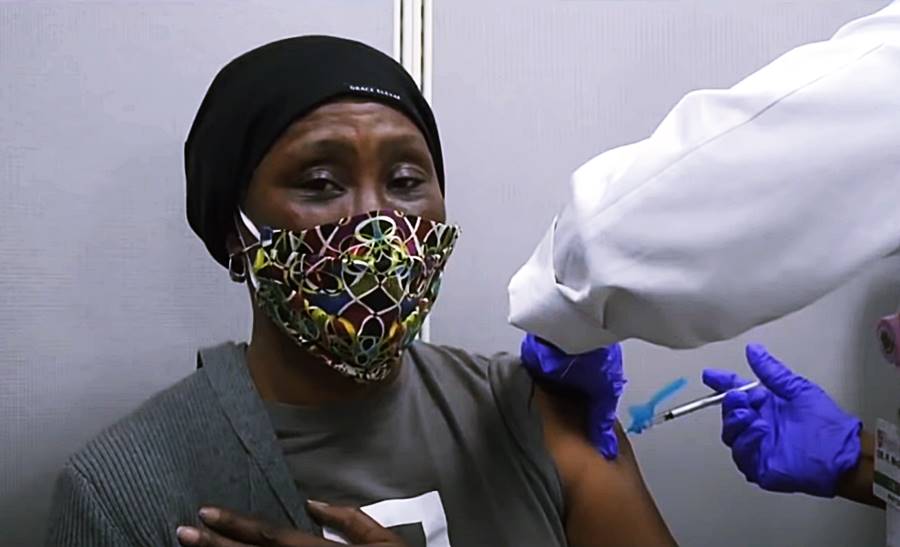Sat 16 January 2021:
An original painting by Tintin creator Herge sold for a record 3.2 million euros ($3.9 million) at an online auction on Jan. 14, auction house Artcurial announced.
The item, intended as a front cover for “The Blue Lotus” volume from 1936, easily beat the previous record for the sale of comic book art of 2.65 million euros, which was reached in 2014 for a double-page drawing by Herge.
The gouache, ink and watercolor creation measures 34 by 34 centimeters (13 inches) and features Tintin and his dog Snowy emerging from a porcelain jar in front of a menacing depiction of a Chinese dragon.
It was judged to be too expensive to reproduce by the Herge’s publisher, which ultimately used a simplified version of the same scene for “The Blue Lotus” cover.
The selling price, higher than Artcurial’s estimate of 2.2-2.8 million euros, underscores the tremendous appetite for original memorabilia of Tintin, whose adventures have entertained people of all ages since the 1930s.
The buyer was a “private collector,” Artcurial said, without giving their identity.
“I’m not surprised by the price. It is one of the most beautiful and finest works of Herge’s to come up for auction and it’s a distorted market,” Herge biographer and Tintin expert Michael Farr told AFP. “Like all markets, it’s a question of supply and demand, and there is practically no supply.”
In 2016, an original drawing from the “Explorers on the Moon” book sold for 1.55 million euros, a record at the time for a single comic book page.
Herge, a Belgian whose real name was George Remi, had sold some 230 million Tintin albums by the time of his death in 1983.
Rob Salkowitz, author of “Comic-Con and the Business of Pop Culture,” stressed that the best comic book work commands prices akin to fine art from investors and rich enthusiasts.
“Tintin is the most iconic and beloved character in the European comics pantheon, with fans worldwide,” he told AFP.
Tight control over Herge’s estate, with his work held by a personal museum in Brussels, means that few original works come to market, meaning “collectors can’t be choosy,” he explained.
The painting sold for its astronomical price despite having clearly visible crease marks through it. It was offered for sale by the heirs to Tintin publisher Louis Casterman who claim it was given by Herge to Casterman’s son who kept it folded up in a drawer. Other experts have cast doubt on this, saying the drawing is not dedicated unlike other gifts from Herge and might have been folded by the artist himself when he sent it by post to his publishers.
Nick Rodwell, the British husband of Herge’s second wife Fanny Vlamynck, who holds the rights to the Tintin work, has said the painting rightfully belongs in the Herge museum in Belgium.
Comics expert Salkowitz believes art by top European artists like Herge, Moebius, and Hugo Pratt, creator of the Corto Maltese strip, will continue to attract buyers lured by profits or the “bragging rights” offered by ownership.
“In the first instance, comic art collectors were enthusiasts, but now, with prices so high, the market also attracts investors and speculators seeking higher returns,” he said.
“Especially with so much excess wealth sloshing around the upper 0.1 percent, the appeal of owning a one-of-a-kind piece depicting a world-famous character sweetens the incentive,” he added.
Farr said Herge would have been astonished by the prices of his work.
“He was a terribly modest person and he would have thought it was a lot of fuss about nothing” Farr said. “He probably wouldn’t believe that anything from him could be worth so much.”


